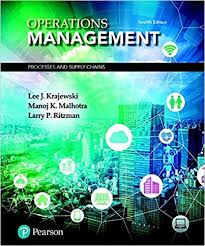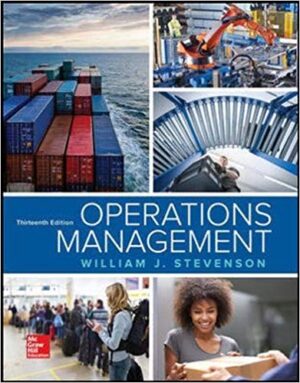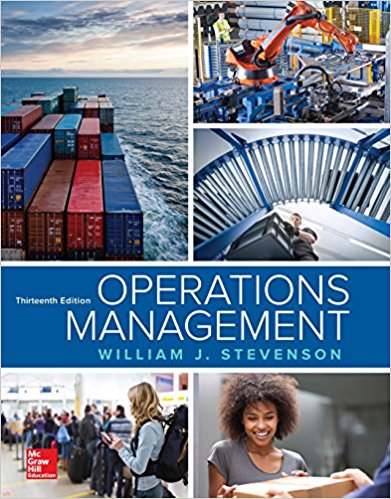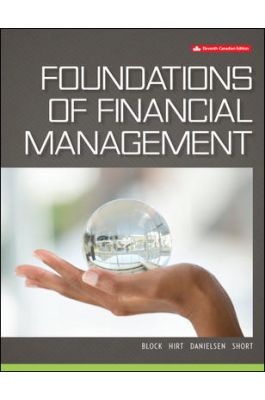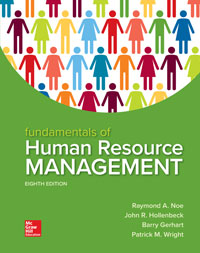Operations Management Processes And Supply Chains 12th Edition – Test Bank
Do you need test banks fast? eTestBank.net is the best test bank website for you! Download your test bank right after you pay. No waiting!
Why eTestBank.net is Great:
✅ Instant Download:
Get your test bank right away after payment.
✅ Unlimited Downloads:
Download your test bank anytime and as many times as you want.
✅ 24/7 Live Help:
We are here to help you all day, every day.
✅ Guaranteed Delivery:
If you don’t get the download right away, we will send it to you in 3 to 6 hours.
How to Get Your Test Bank:
- Pick Your Test Bank: Choose from many test banks.
- Pay Safely: Pay securely on eTestBank.net.
- Download Instantly: Get your test bank immediately after payment.
- Download Anytime: Unlimited downloads whenever you need them.
Need Help? Contact Us:
📧 Email: [Support@etestbank.net]
📱 WhatsApp: [https://wa.me/message/MC222DLQ4GDXL1r]
Didn’t Get Your Download?
Don’t worry! If you don’t get the file right away, we’ll send it to you in 3 to 6 hours. Need it sooner? Contact us by email or WhatsApp.
💡 Buy now from eTestBank.net for instant downloads, unlimited access, and 24/7 support—get your test bank today!
Operations Management: Processes and Supply Chains, 12e (Krajewski)
Chapter 4 Capacity Planning
4.1 Planning Long-Term Capacity
1) Capacity is the maximum rate of output of a process.
Answer: TRUE
Difficulty: Easy
Keywords: capacity, maximum output rate
Learning Outcome: Explain options for managing bottlenecks and managing capacity in service and manufacturing processes
AACSB: Application of Knowledge
Learning Obj.: Define long-term capacity and its relationship with economies and diseconomies of scale.
2) Capacity can be expressed by output or input measures.
Answer: TRUE
Difficulty: Easy
Keywords: capacity, input measures, output measures
Learning Outcome: Explain options for managing bottlenecks and managing capacity in service and manufacturing processes
AACSB: Application of Knowledge
Learning Obj.: Define long-term capacity and its relationship with economies and diseconomies of scale.
3) Input measures of capacity are inherently more accurate than output measures of capacity.
Answer: FALSE
Difficulty: Moderate
Keywords: input measures, output measures, capacity
Learning Outcome: Explain options for managing bottlenecks and managing capacity in service and manufacturing processes
AACSB: Application of Knowledge
Learning Obj.: Define long-term capacity and its relationship with economies and diseconomies of scale.
4) Utilization is the degree to which equipment, space, or labor is currently being used.
Answer: TRUE
Difficulty: Easy
Keywords: utilization, equipment used, space used, labor used
Learning Outcome: Explain options for managing bottlenecks and managing capacity in service and manufacturing processes
AACSB: Application of Knowledge
Learning Obj.: Define long-term capacity and its relationship with economies and diseconomies of scale.
5) One reason economies of scale drive down cost is the spreading of fixed costs.
Answer: TRUE
Difficulty: Moderate
Keywords: economies of scale, fixed cost
Learning Outcome: Explain options for managing bottlenecks and managing capacity in service and manufacturing processes
AACSB: Application of Knowledge
Learning Obj.: Define long-term capacity and its relationship with economies and diseconomies of scale.

